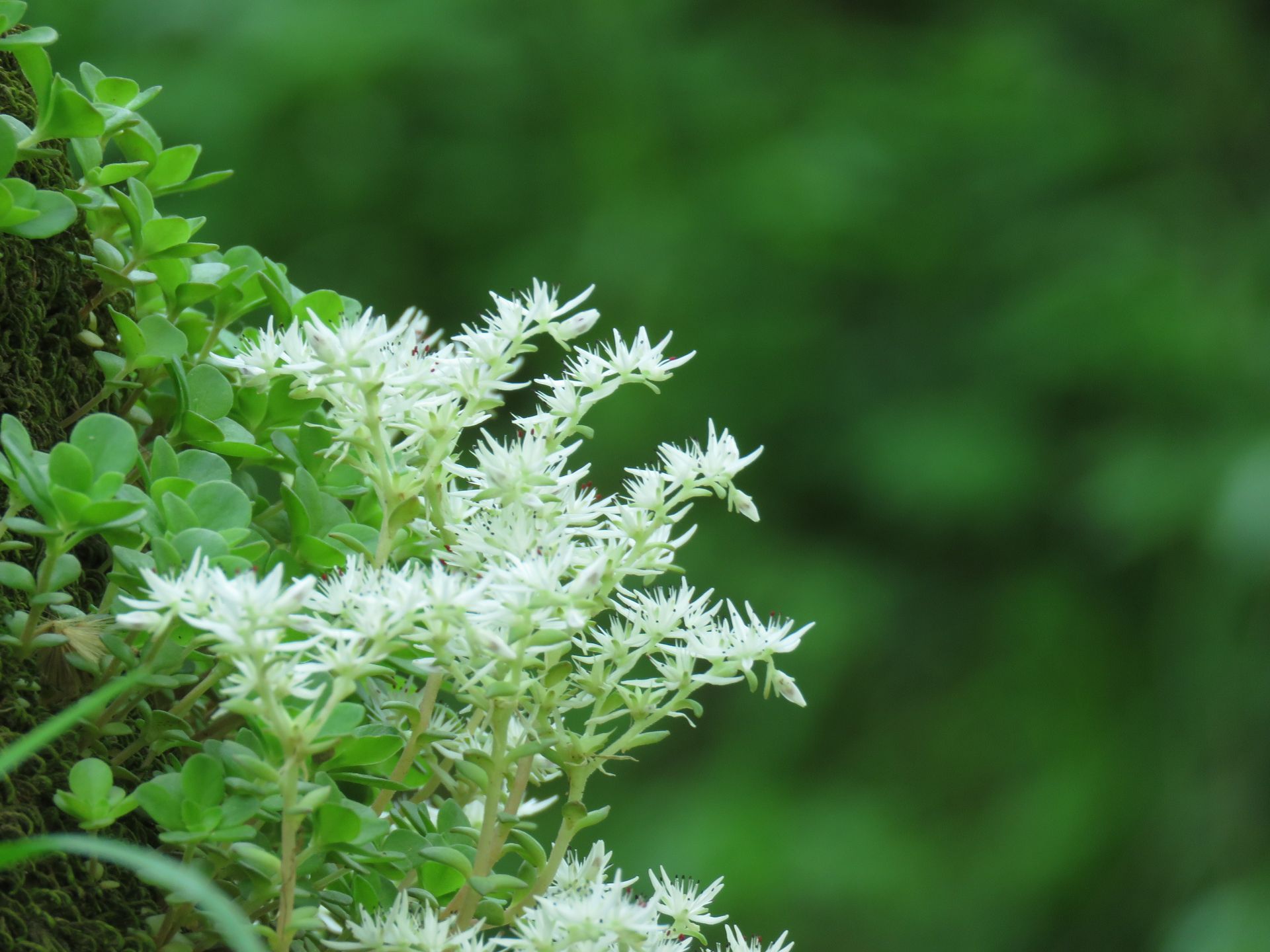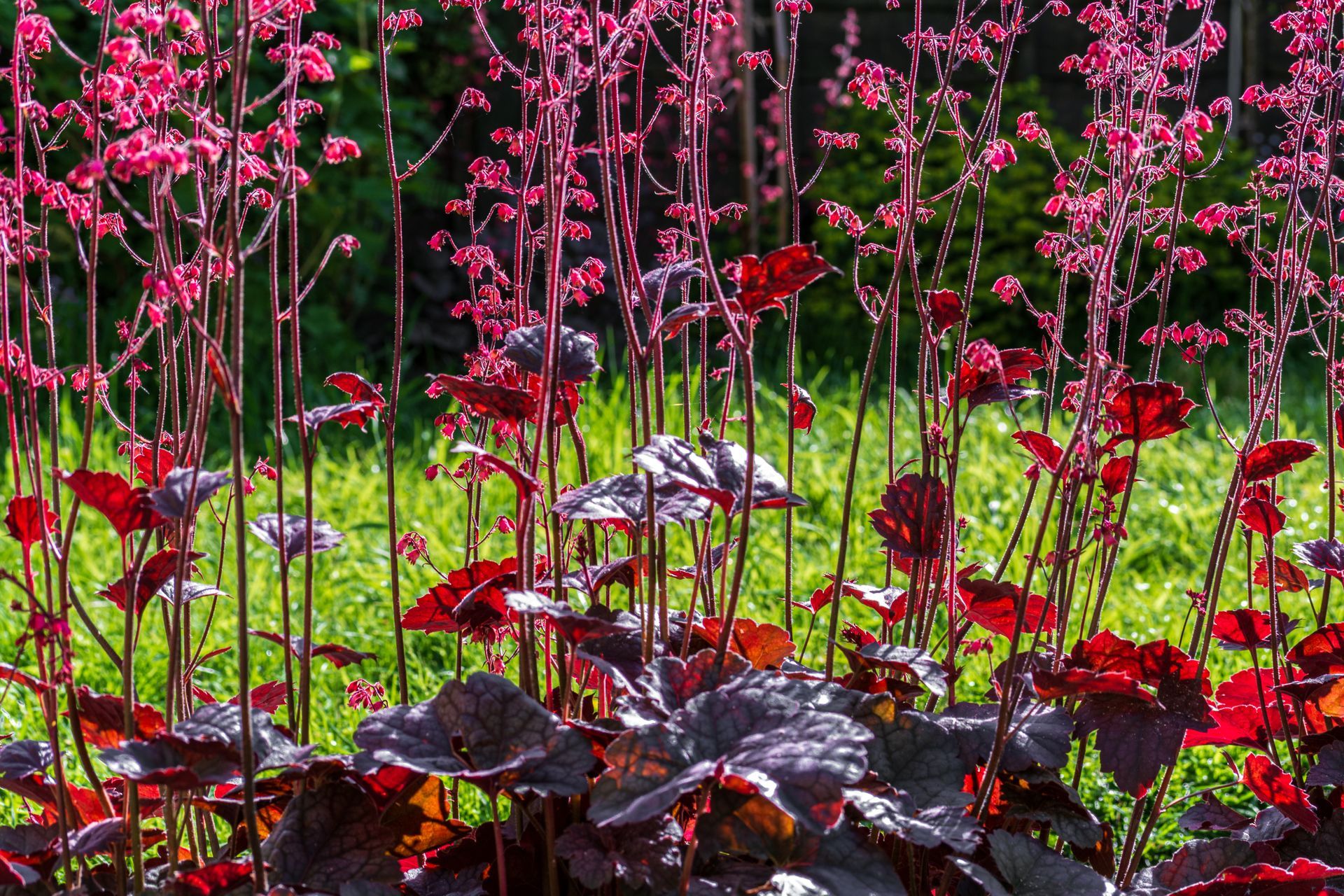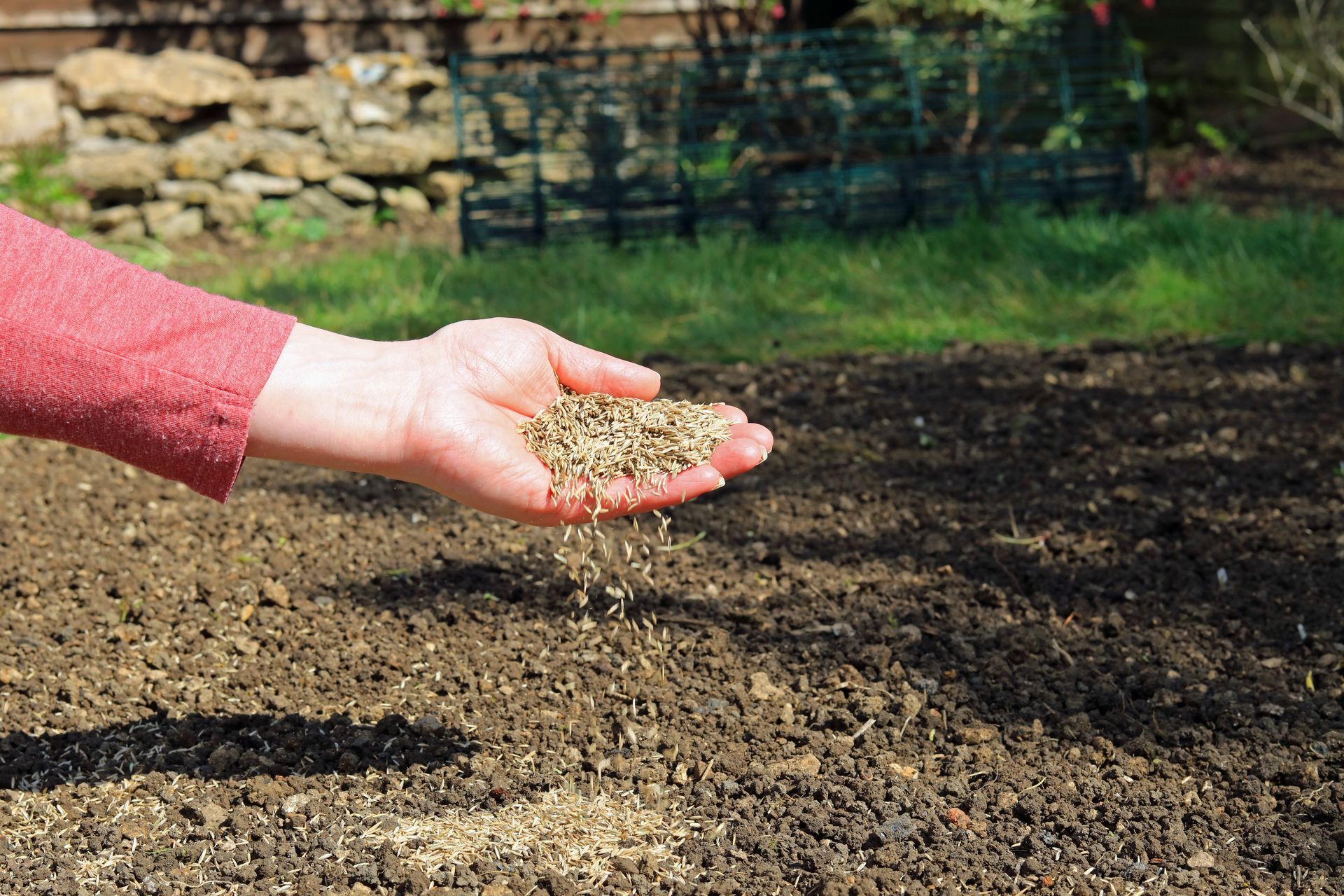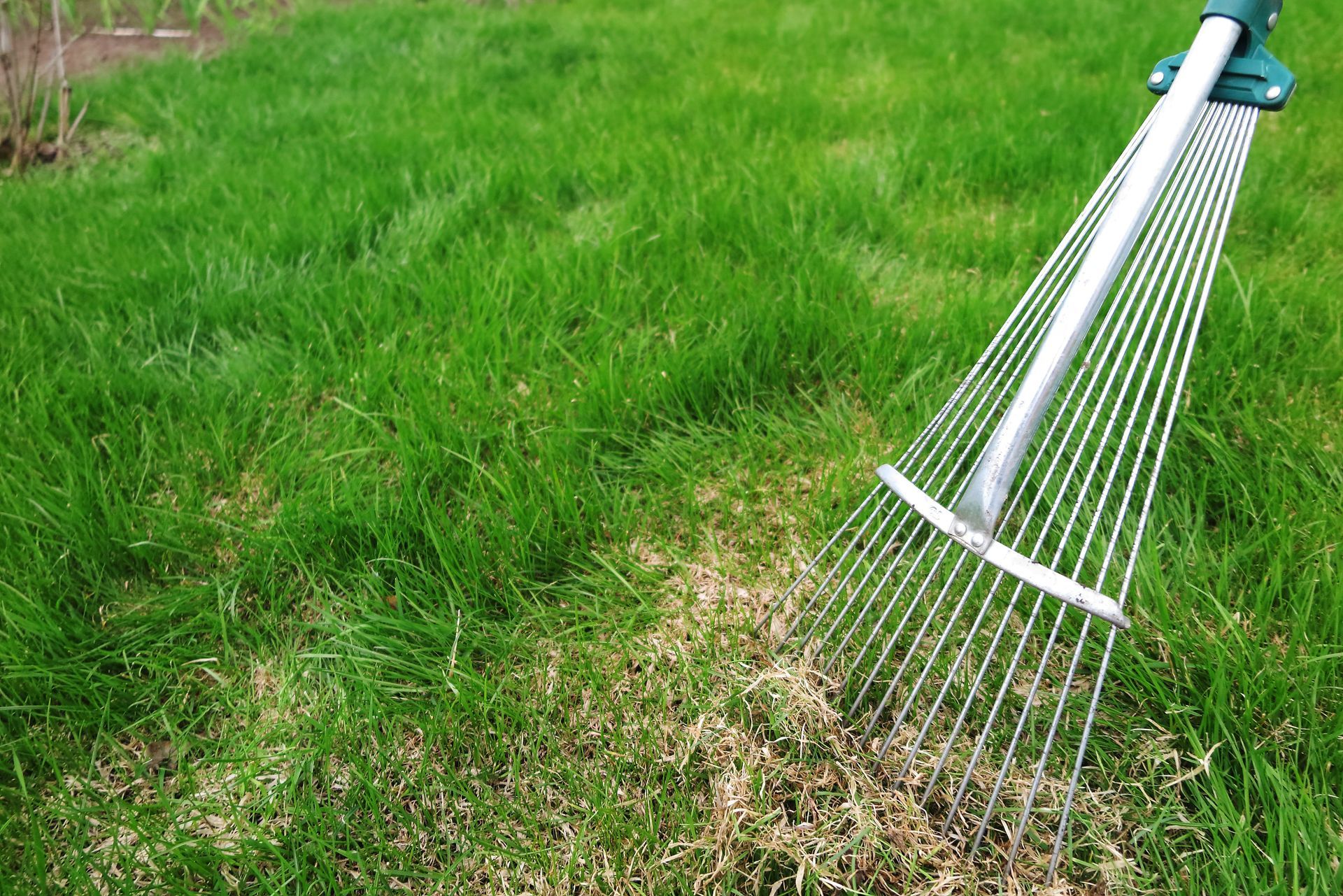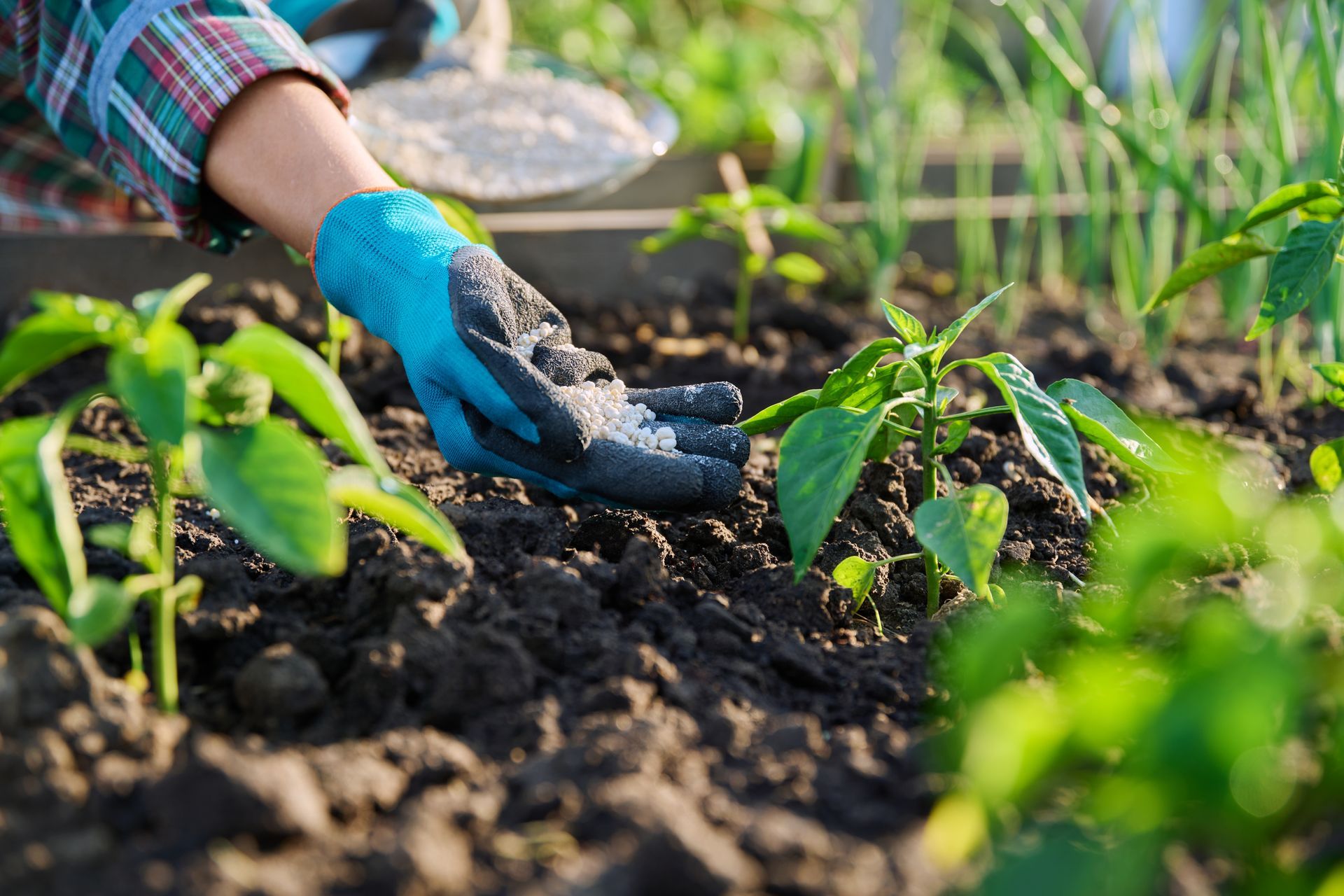June 4, 2025
Common MI Plants That Promote Bee Health
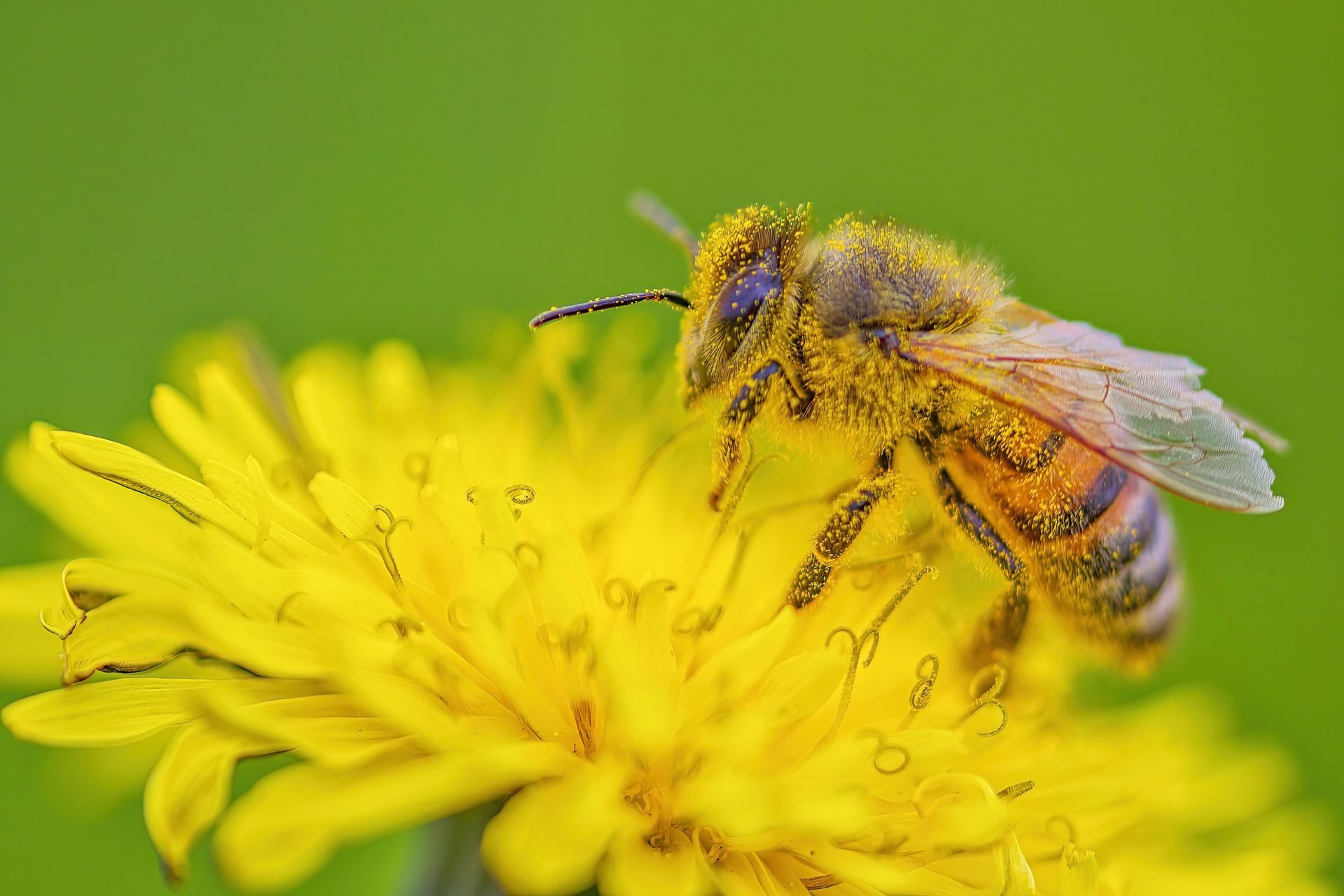
In Michigan, a vibrant, blooming backyard can be incredibly powerful when it comes to supporting local ecosystems. A diverse backyard can attract pollinators, which support plant reproduction and diversity. However, some pollinators are in decline.
Bees, in particular, are having a hard time maintaining their populations. Habitat loss, climate change and pesticides are weakening their population, causing devastating impacts on local plant life. Luckily, you – and your yard can help.
By choosing the right native plants, homeowners not only beautify their yard but also provide essential nourishment for bees throughout the growing season. Whether you’re planning a wildflower garden or just adding a few pollinator-friendly pots to your patio, here are some Michigan plants that support bee health – and how you can incorporate them into your outdoor space:
Native Plants That Support Bees
The following plants are all native to Michigan, meaning they naturally occur within the state’s ecosystem and thrive in its specific climate. Additionally, these plants are perennials, which means they will come back next year, providing lasting beauty to your garden. These include:
- Sedum (Woodland Stonecrop) – They are known for their star-shaped flowers and in some cases, can be used as groundcover.
- Wild Bergamot (Bee Balm) – This flowery plant is known for its minty smell and can grow up to 5 feet tall.
- Coral Bells – A plant species known for its bell-shaped flowers and unique foliage.
- Leadplant – A type of legume with silver, green leaves and purple flowers.
- Cockspur Hawthorn – A type of tree that produces white flowers, attracting pollinators.
- Joe-Pye Weed – The plants grow sweet-smelling flowers that cluster together.
- Purple Coneflower – These flowering plants look similar to daisies and are bright pink.
- Goldenrod – This flowering plant is bright yellow and blooms at the end of Summer and the beginning of Fall.
- Black-eyed Susans – Similar in appearance to Daises, these bright-yellow flowers attract bees easily. However, it is important to note that these plants are toxic to cats.
- Asters – These flowering plants come in a variety of colors including purple, blue, pink and white. Additionally, they are great sources of food for bees at the end of the pollinating season.
Other Ways To Make Your Lawn Bee-Friendly
In addition to incorporating native plants, you can make your lawn even more inviting to bees through a few simple changes, many of which also support other pollinators like butterflies, beetles and ladybugs.
Here are some things you can do:
- Include water sources – Having shallow birdbaths, rocks and pebbles can provide water for bees. Like other animals, it's important for bees to stay hydrated during the summer months. They even use water to help cool their hives during hot weather.
- Avoid pesticides – Many pesticides are harmful to bees. Instead, consider using natural alternatives that mitigate pests while keeping bees safe.
- Incorporate Trellises – Trellises can improve growth for some flowering plants by allowing them to grow vertically, increasing the food source for bees. Additionally, trellises provide protection and nesting sites for bees.
- Install a bee hotel
– These “hotels” provide a safe haven for bees, promoting their population growth. Regular cleaning every one to two years is important to prevent disease transmission and keep the habitat healthy for future bee generations.
- Use windbreaks – Windbreaks reduce the impact of cold, fast-moving wind which helps hives to maintain stable temperatures and maintain their structural integrity. This creates a more hospitable and secure environment for bees to thrive.
Not Sure Where To Start? Consult a Professional
If you want to make your greenspace more bee-friendly but aren’t sure where to begin, consider consulting a professional lawn care technician. These experts have extensive knowledge of plant types and can guide you on the best species to plant, as well as when and where to plant them throughout the pollinator season. With their help, you can choose plants that not only thrive in your garden’s conditions but also create a welcoming habitat for bees and other pollinators.
Need a Lawn Care Professional? Visionary Fertilization Has Got You Covered!
If you're looking for a lawn care team to help you achieve your goals, Visionary Fertilization is ready to help! Located in Shelby Township, we serve the surrounding communities in Macomb County. We can help create a greenspace that not only compliments your home but promotes bee health as well.
For more information about our lawn care services, give us a call at 586-281-5273. To learn more about other services, including our tree and shrub program, click the link
here.

